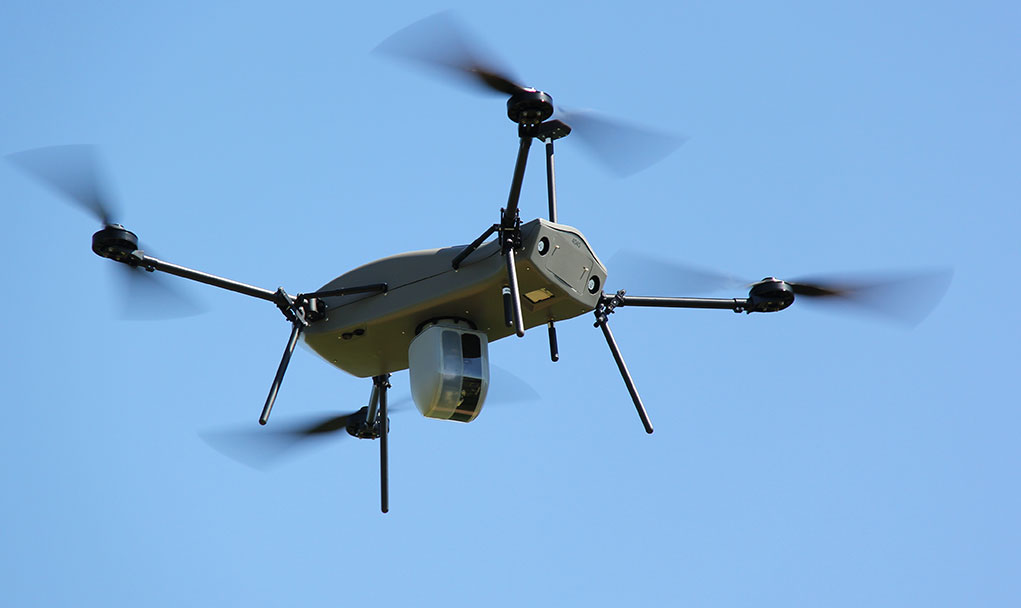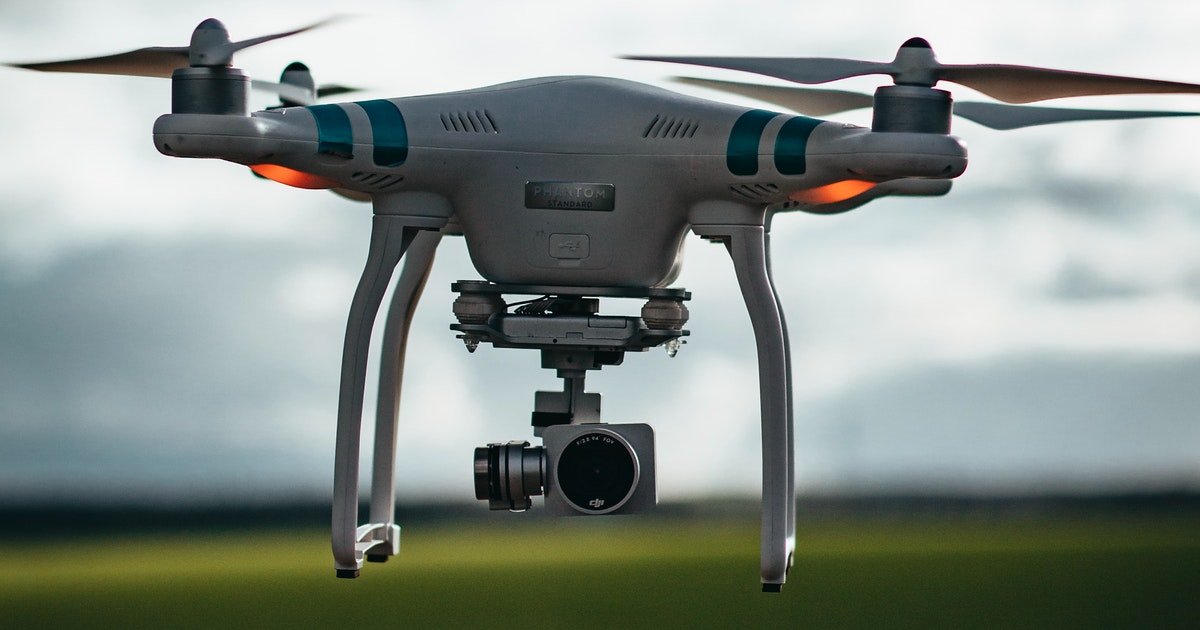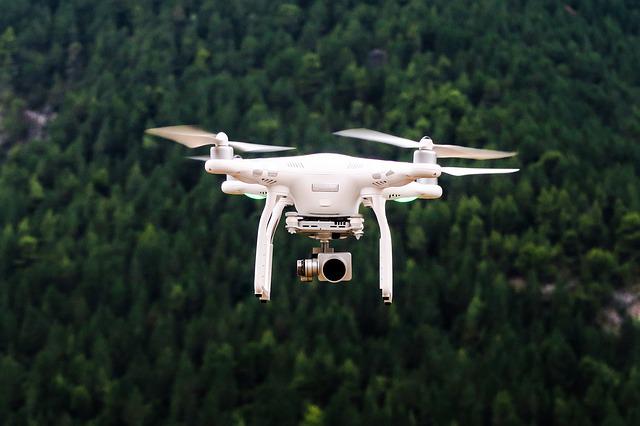
To replace manned fighter planes, the Navy is creating an unmanned aircraft system. The MQ-25A Stingray unmanned aerial system is multi-purpose and can carry refueling equipment under its wings. These drones will relieve manned F/A-18 fighters of tanker duties, indirectly boosting carrier air wing striking power. Unmanned aircraft systems may not be a viable option in the future.
MQ-4C Triton Unmanned Aircraft System
Two MQ-4C Tritons MQ-4C will be deployed by the Navy to Guam by 2018's end, which will increase the force's reach across the Western Pacific. This deployment was first announced in April 2018. However, the Navy was forced to stop operations following the September 2018 accident that claimed the first Triton. The program is expected resume flight in 2019.
Blue Water Maritime Logistics UAS design
The US Navy awarded the 2019 Other Transaction Authority Award to Skyways, based in Austin, Texas. It was for their Blue Water Maritime Logistics UAS. The folding wings of the aircraft will enable it to fold down after takeoff and before landing. This will make it easier to store and handle. Initially, Boeing was considered for the award, but Skyways pipped the Boeing-owned company. Skyways' patented design has attracted attention from the industry and could be a part of the future Navy fleet.

MQ-25A Stingray
The MQ-25A Stingray Navy Tanker is a prototype and is expected achieve operational capability in 2025. Because it is horizontally shaped and has a round wing-body configuration, enemy radar detection is reduced. Its ability to land at sea, while maintaining a high level of survivability, makes it a better choice for long-range missions than fixed-wing tankers.
UXV Drone Carrier Warship
The UXV Drone Carrier Warship is an intriguing concept, but can it really be used? Is it really worth having a half-flattop warship and a drone deck? In theory, it has been a useful concept. Is it feasible? Will it ever be in service? What budget will it need to fit into the Navy's existing Navy? What amount of budget will it need to be able to do this?
MQ-8Bs and Cs
The MQ-8B-C and MQ-8C are navy drones. They are equipped for anti-submarine warfare and can carry out large-area multistatic audio searches. But the Navy plans to replace the old MQ-8 with a new version, which has passed an initial fit test aboard the USS Anchorage. The airframe of the MQ-8C is based on a commercial Bell 407 aircraft and retains most of the B version's avionics. It can land on any aviation-capable ship, including unprepared areas. The MQ-8C includes a new radar. The new aircraft should arrive in time for deployment this summer.

Electric laser weapon
The progress of the Navy's laser weapon systems has been remarkable. From thirty kilowatts in 2014 to 150 kilowatts in 2020, the Navy is more than halfway there. The all-electric weapon doesn't need propellants, ammunition, or any other fuel. It can operate for as long a ship has power. The electric laser weapon offers many advantages over chemical laser weapons in the past.
FAQ
Traveling with a Drone?
Drones are becoming increasingly popular for both personal use and commercial purposes. They can be used for photography, filming and aerial mapping. A number of new regulations have been approved by the FAA for drones. These include registration, licensing, pilot training and insurance. These modifications will ensure that drones remain safe and secure for all involved.
Do I require special training to fly a drone
No, you don't need special training to fly your drone. All you need is a remote control unit and some basic knowledge of flight mechanics.
What's the difference between quadcopters and hexacopters?
A quadcopter can be described as a quadrotor helicopter with four rotors. It flies the same way as a traditional helicopter. It has four rotors which rotate independently. The quadcopter's quadcopter counterpart, the hexacopter, has six instead of four. Hexacopters are more stable and maneuverable than quadcopters.
What laws apply to flying drones?
The Federal Aviation Administration (FAA), oversees all aspects of drone operation in the United States. You must first obtain a FAA certification before you can operate a drone commercially. After that, you must pass an exam and complete a course to learn piloting skills. You will then need to pay an agency fee.
What US states do drones are legal in?
A drone can be legally operated for recreational purposes. The Federal Aviation Administration (FAA), has established guidelines that allow the use of small unmanned aircraft systems (UASs). These UASs have to be registered with FAA before they are allowed to fly. The FAA also allows commercial operators to fly these devices if certain conditions are met.
What is the law on drones flying over private property?
The FAA has recently issued new rules for commercial drone flights. These rules are only applicable to UAVs that weigh less than 55 pounds and fly below 400 feet above ground. Commercial operators need to register with the FAA in order to obtain a license. They also need permission from local authorities when operating near airports or other restricted areas.
Are drones allowed on public events?
Yes, you are free to fly a drone anywhere as long as you follow the rules. You will need to get approval from event organizers if your drone is going to be flying during public events such as a parade, festival or concert.
Statistics
- According to the multiple listing service (MLS), houses and apartments with drone photographs are up to 68 percent more likely to sell than those without pictures. (thedroneu.com)
- According to industry research from ZipRecruiter , there are 10 cities where the typical salary for a Drone Pilot job is above the national average. (dronesgator.com)
- With the top 10% making over $100/h and the bottom 10% making as low as $10/h. (dronesgator.com)
External Links
How To
How To Fly Drones For Beginners
A drone is an unmanned aerial vehicle that can be remotely controlled and used for surveillance, aerial photography, film production, research, and other hobby purposes. The technology behind drones has been around since World War II. DJI's Phantom series of quadcopters was the first to be commercially used. From beginner-friendly drones such as Parrot AR Drone 2.0 through professional-grade multirotor craft like DJI Mavic Pro, many types have been available.
You can fly a drone in many different ways, including:
-
Remote control – This is when you attach a device to your hand that allows you to control the drone's flight path. There are two main types: Joysticks (like a radio), and On/Off switches (like an alarm clock).
-
Manual Control – This allows remote operation of the drone via GPS coordinates using a smartphone application. You will need to keep track of where the drone is going and follow the directions from the app.
-
Autonomous Flight - This method involves leaving the piloting duties to the drone itself. It allows the drone to fly independently without any human intervention. To enable autonomous flight, the drone should have a built in camera and sensors capable recording images and data.
-
Triggered Flight - This method is similar to manual control, except the pilot manually sets up a preprogrammed route, and the drone follows that route until it reaches the endpoint. The drone automatically lands once the route has been completed and returns to the base.
-
Landing Gear - Some drones come equipped with landing gear that allows them to land safely if they lose power or run out of battery during flight.
-
Goggles-Some pilots use goggles to protect their eyes from debris during operations.
-
Camera - Some drones are equipped with cameras allowing you to capture photos and videos from above.
-
Obstacles-Some drones come with obstacle avoidance devices that keep them from hitting obstructions.
-
Speed - Some drones can reach speeds of over 40 mph.
-
Battery Life - Most drones are capable of lasting between 20 minutes and three hours, depending on the power that you use.
-
Distance - Some drones can travel up 30 miles depending on the model.
-
Power source: Some drones will require an external power source while others can be powered by internal batteries.
-
Weight – Some drones are less than one pound, while other models can be up to four pounds.
-
Size - From small drones that can be carried in the palm of one's hand to larger drones that weigh over 50 pounds, drones come in a variety of sizes.
-
Price - All drones fall within a specific price range, from high-end models that can cost thousands of dollars to lower-cost options starting at $100.